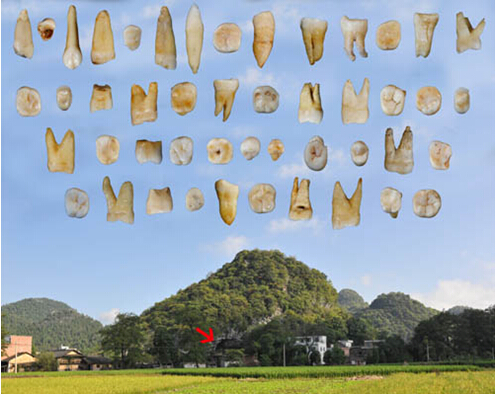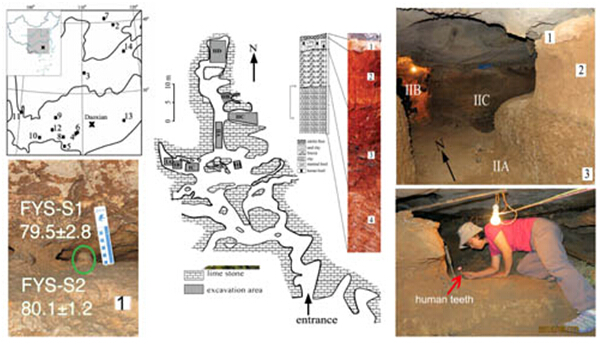

A group of researchers have found 47 teeth of Homo sapiens from Fuyan Cave in Dao county, Central China’s Hunan province, indicating that modern humans might have lived in the region around 80,000 to 120,000 years ago.
The findings by researchers including Liu Wu, Wu Xiujie, from the Institute of Vertebrate Paleontology and Paleoanthropology, Chinese Academy of Sciences (CAS), were published on Nature on October 15.
The discovery will play a significant role in further studies on the emergence and expansion of H. sapiens, the earliest species with the anatomical features of modern humans in East Asia.
Previous fossil evidence indicated that the earliest modern humans, dating back 45,000 to 50,000 years, lived in West Asia and Europe. However, the latest excavation in Dao county indicates that H. sapiens reached East Asia at least 35,000 to 75,000 years earlier than its arrival in West Asia and Europe.
In addition to articles in Nature and Science magazines, the findings have generally drawn wide attention from major media outlets at home and abroad.

Fuyan Cave in Dao county, where the human teeth fossils are found. [Photo provided by Liu Wu]

Fuyan Cave in Dao county, where the human teeth fossils are found. [Photo provided by Liu Wu]